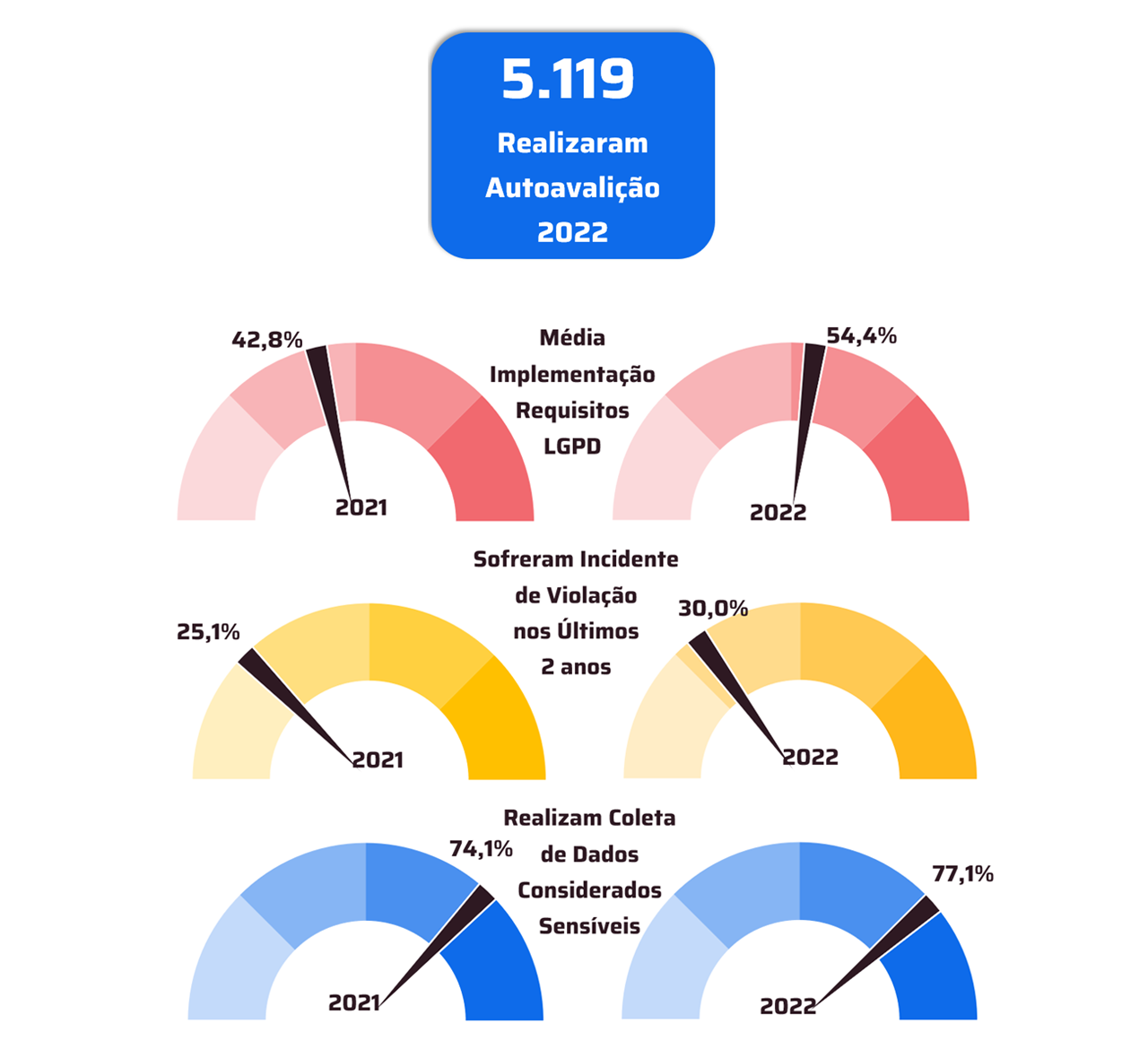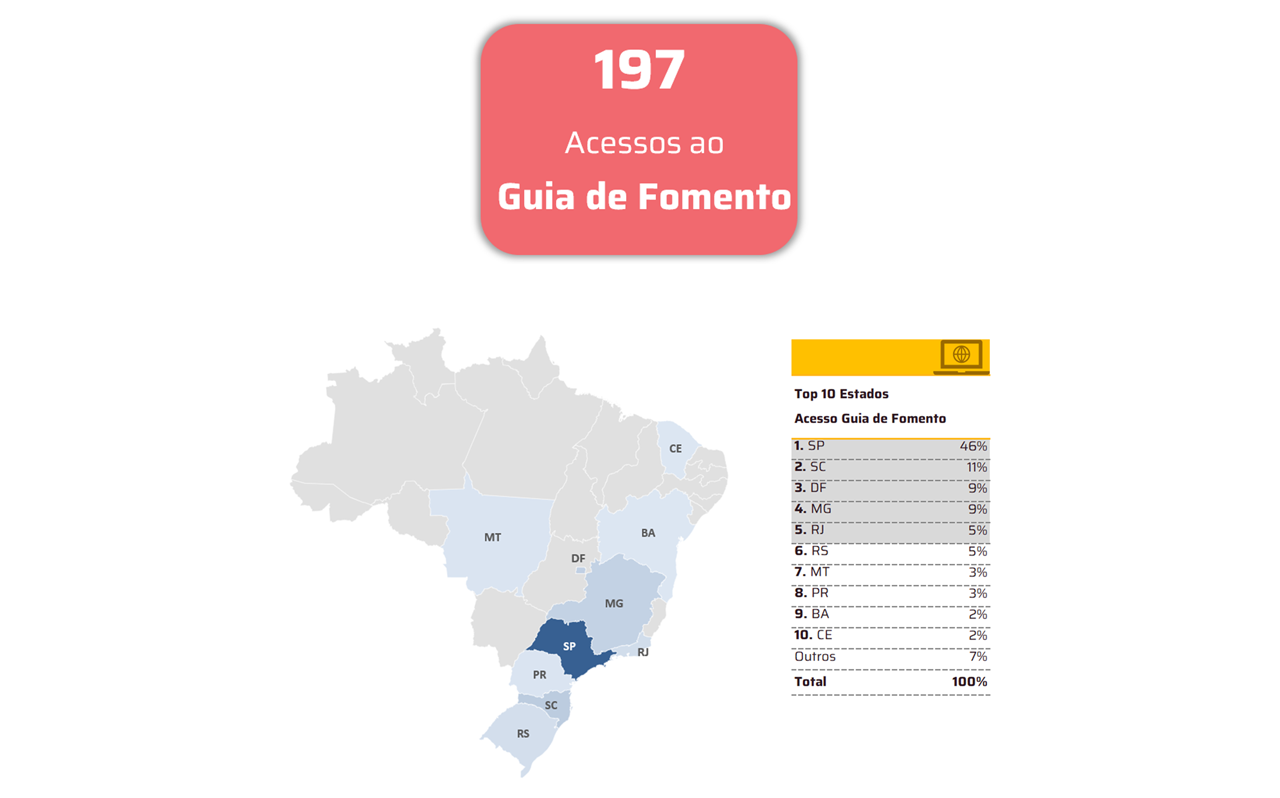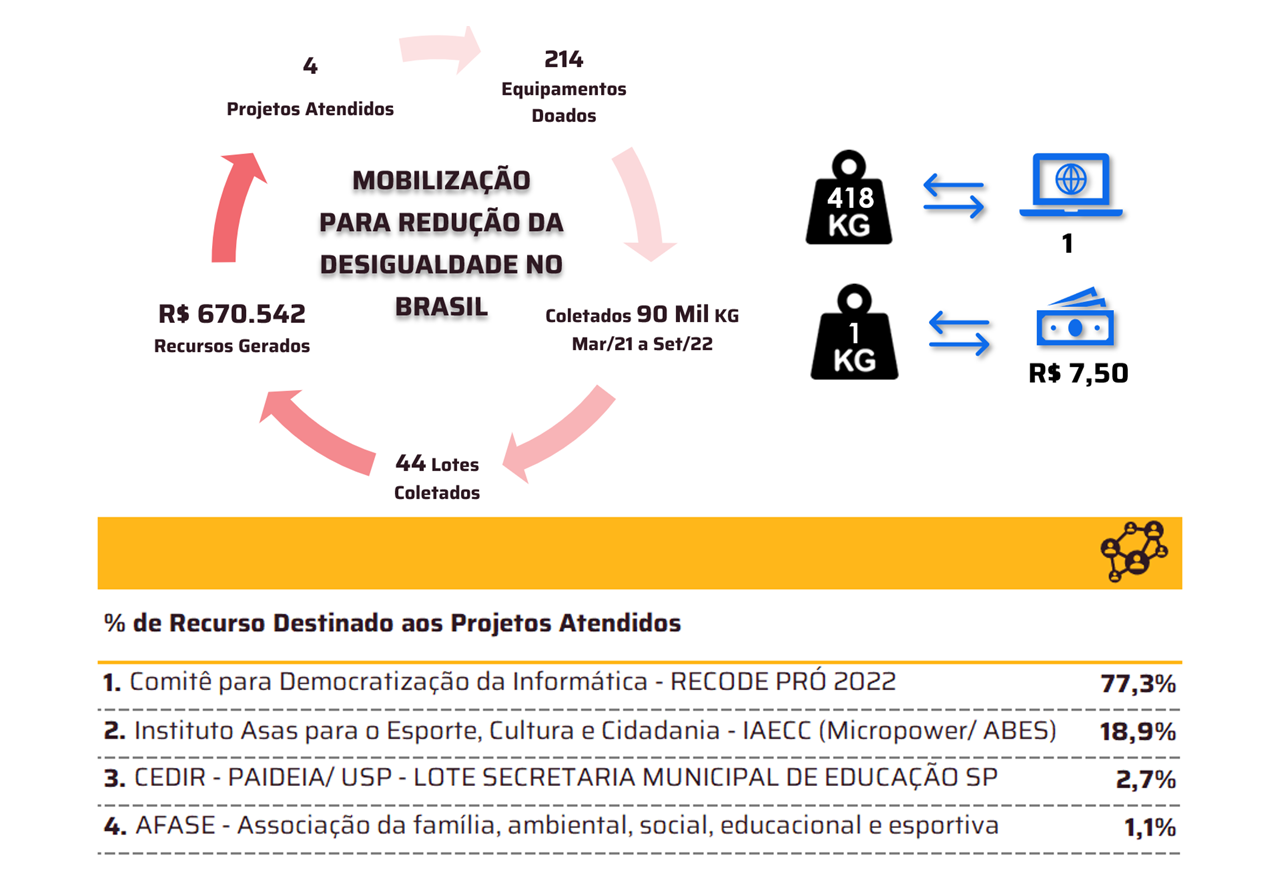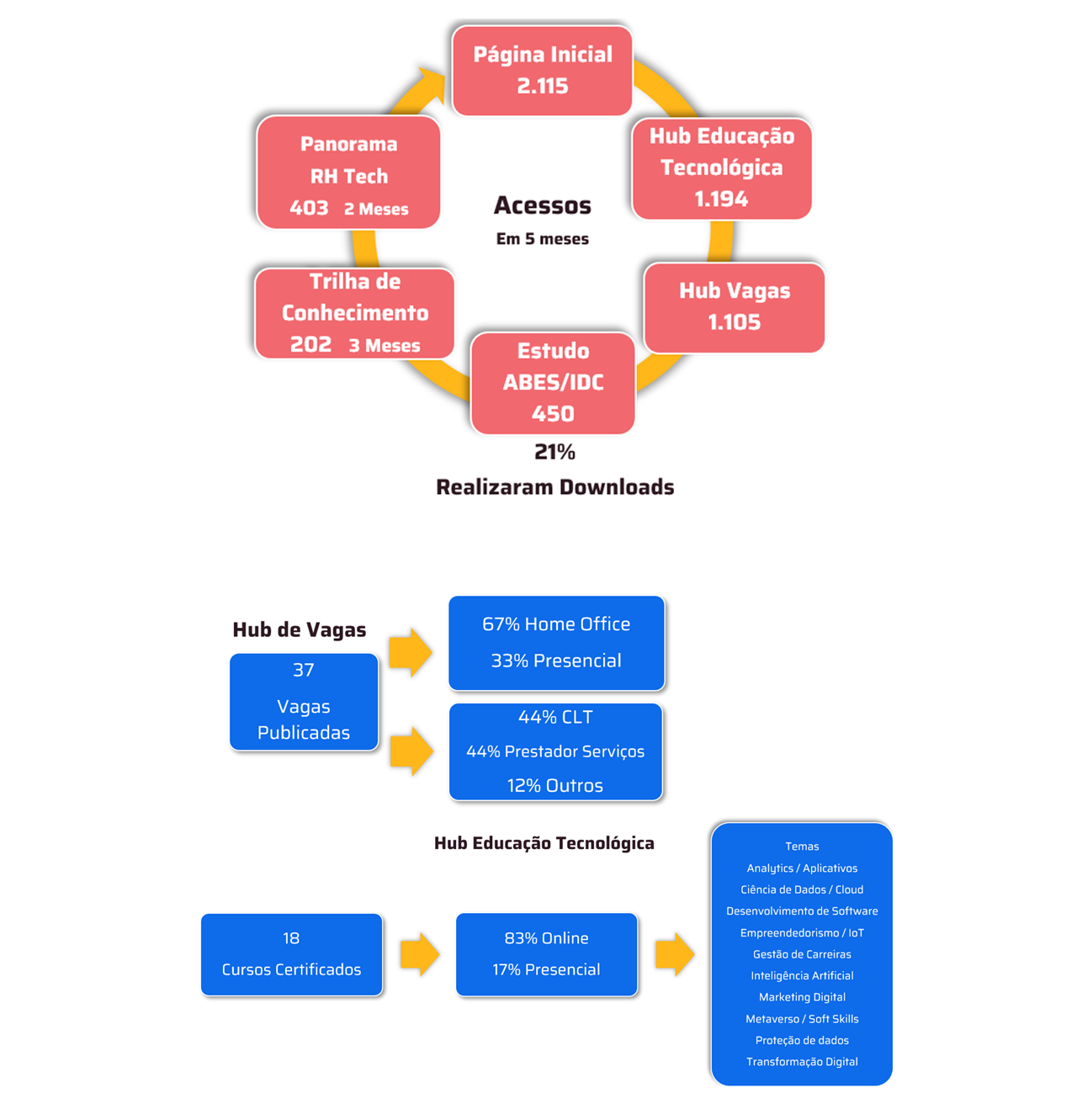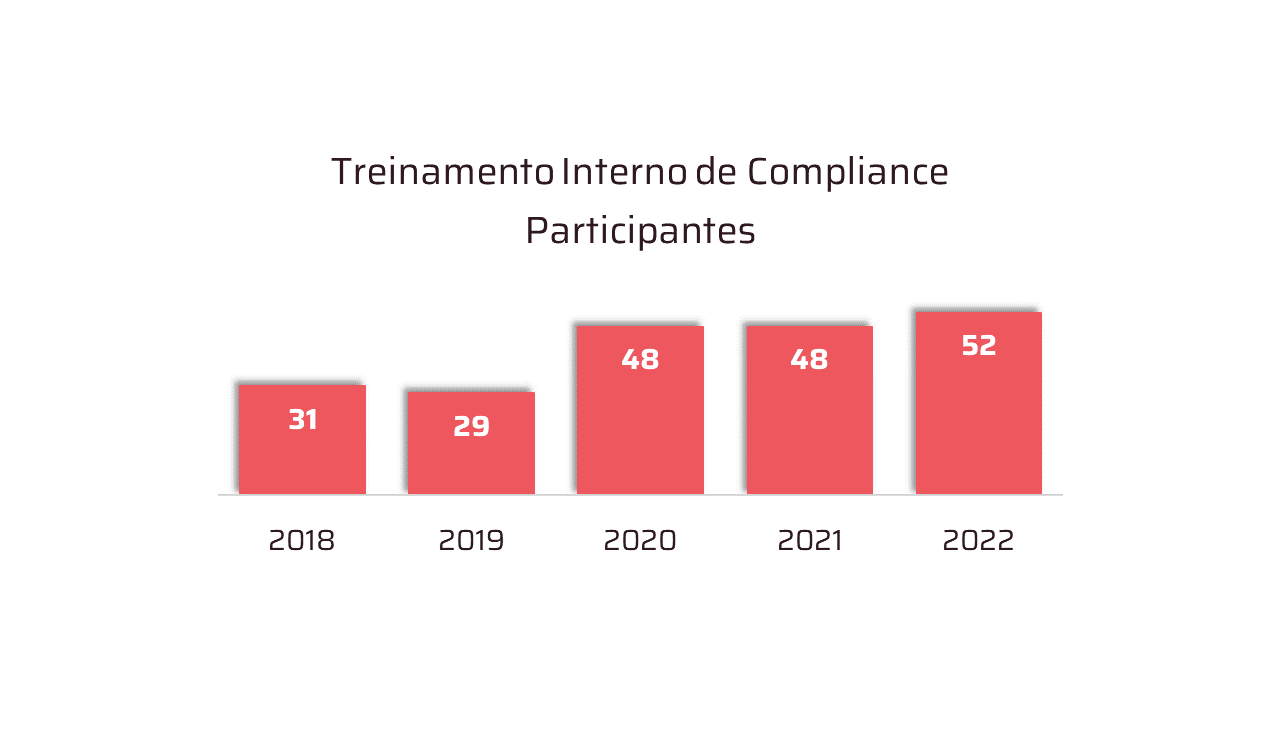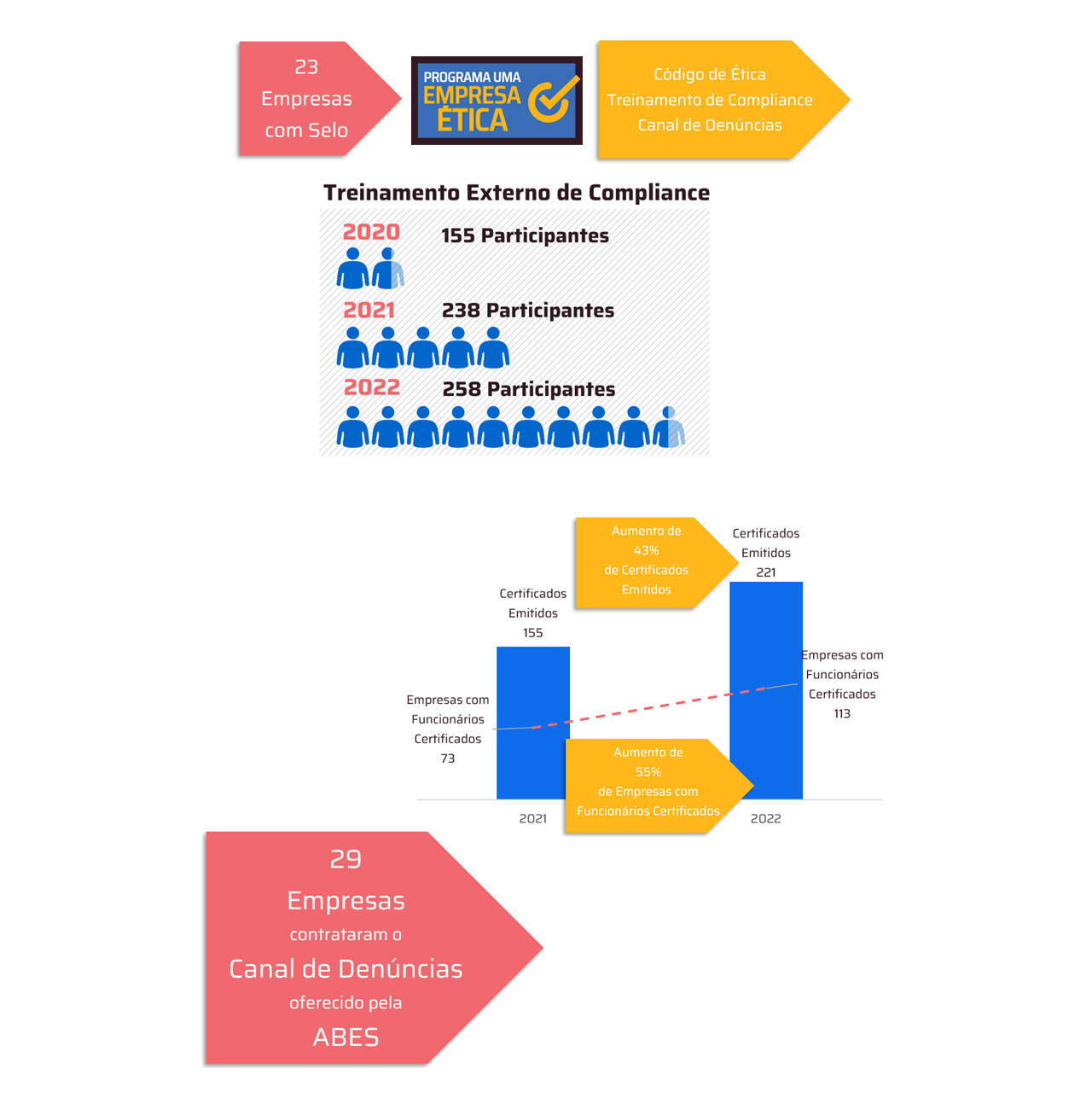 *By Cleyton Leal
*By Cleyton Leal
Brazil has been experiencing the impacts of environmental transformations that have been manifesting themselves in increasingly intense and frequent phenomena. According to the State Yearbook on the subject, prepared by the Climate and Society Institute and the Brazil Climate Center, 70% of Brazilian states do not have plans to adapt to climate change. Bringing a global view, data from the World Weather Attribution indicate that the ten most lethal climate disasters in the last 20 years in the world, together, killed more than 570 thousand people.
In this scenario, technological initiatives emerge as a beacon of hope to support the mitigation of these problems. Natural disaster monitoring and prevention systems, for example, can transform the way in which public power reacts to these events, as they allow the creation of more effective action plans, enabling rapid responses to protect potentially affected people.
However, it is essential to view technology as a means, without replacing the need for rigorous prior mapping by government institutions. This process is essential to develop projects that ensure broad visibility of reliable and integrated information, directly contributing to saving lives.
How to innovate in natural disaster management
The first and most important step is collaboration between private technology institutions, the Public Prosecutor's Office, the Fire Department, Civil Defense and entities that act in cases of natural disasters, such as those focused on social assistance.
Together, by gathering strategic data and mapping the population's needs, it is possible to create customized solutions to face challenges such as floods and landslides. In addition to directly benefiting citizens, this data strengthens public management, providing greater predictability and contributing to the mitigation of future risks.
A practical example of the application of technology in this context is the creation of an infrastructure that connects the location of families in vulnerable situations or residents in risk areas to meteorological information systems. Through a modern, flexible and scalable platform, it is possible to process all this data in real time and generate early alerts, facilitating decision-making and increasing the efficiency of preventive actions.
In this way, rather than reacting to the occurrence of climate events, authorities now have the opportunity to anticipate problems, drawing up structured plans that offer basic living conditions to the affected populations.
Investment required
The need to promote preventive actions in the face of natural disasters is imminent and can bring significant results. However, for this initiative to reach its full potential, it is essential that all fronts understand the real impact of technology in this scenario and explore it assertively.
Thus, with the union of private initiative and public power, it is possible to advance every day in structured and sustainable projects, capable of effectively meeting the needs of society. And for this transformation to occur, it is essential to take the first step and establish a concrete commitment to innovation and prevention.
*Cleyton Leal is the Application Services Leader at SoftwareOne, a leading global provider of end-to-end solutions for software and cloud technology.
Notice: The opinion presented in this article is the responsibility of its author and not of ABES - Brazilian Association of Software Companies





